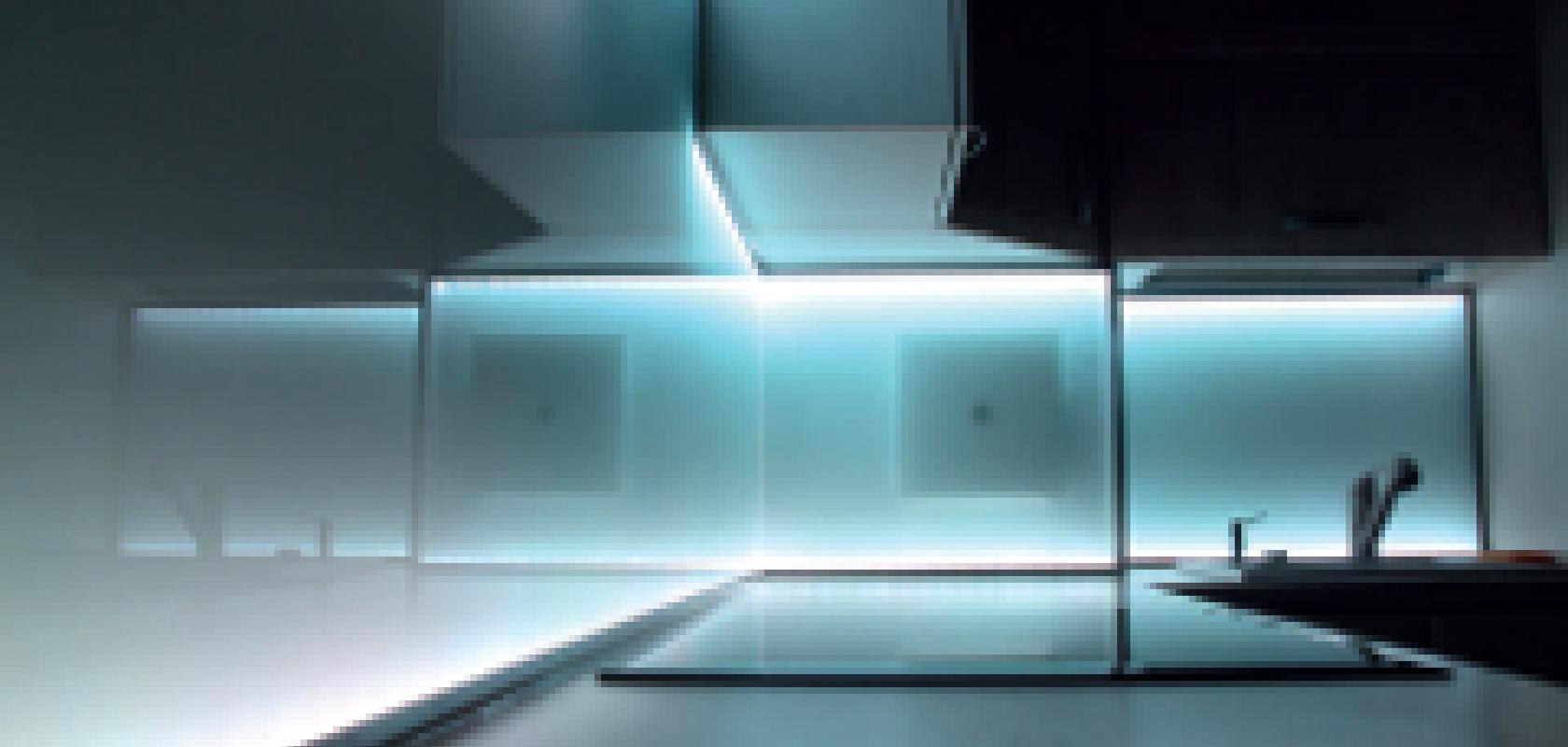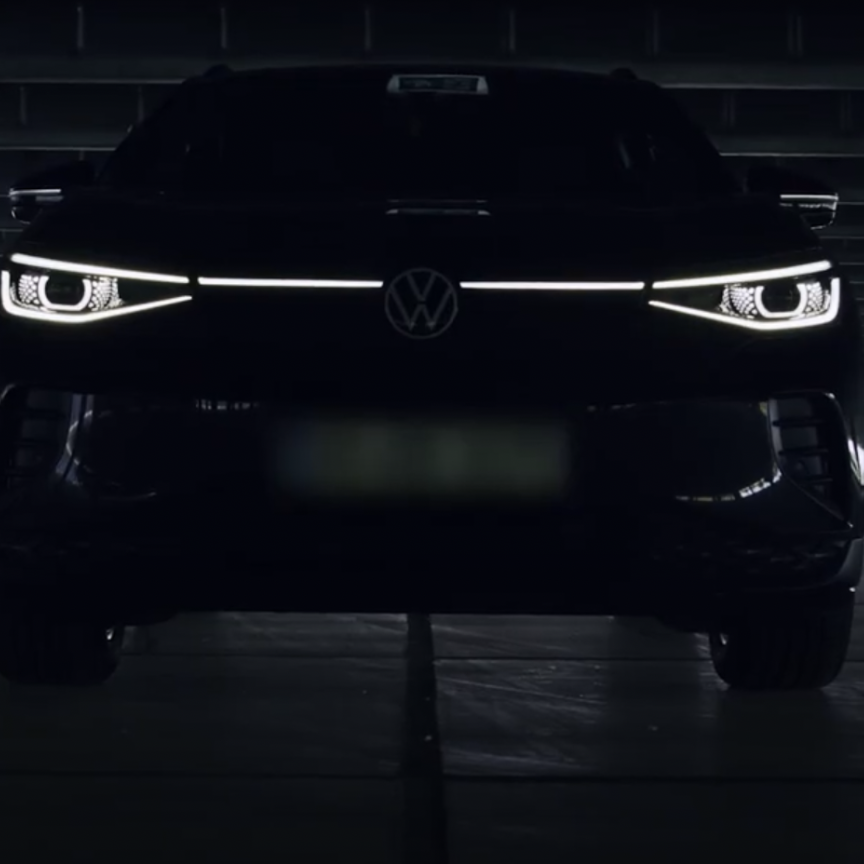Tiny LED lights could one day deliver Wi-Fi-like communications delivering gigabits of data per second while acting as lighting for the home, office or aircraft cabin.
Referred to as Light Fidelity, or Li-Fi, light emitting diodes will flicker imperceptibly on and off thousands of times a second. By altering the length of the flickers, a digital equivalent of morse code, information can be sent to specially adapted computing devices. While today’s fastest fibre optic home broadband internet connection can send data at 40 megabits per second, Li-Fi is expected to be able deliver one gigabit per second. This is because the visible part of the electromagnetic spectrum is 10,000 times larger than the microwave part, providing the capacity for significant bandwidth.
Professor Harald Haas coined the phrase Li-Fi in 2011. Haas is leading research at the University of Edinburgh. He told Electro Optics: ‘It is possible to achieve more than a gigabit per second and that is a conservative estimate. In the future we could get 10 gigabits per second.’
While the LEDs people use today are similar in size to conventional light bulbs, the UK research funded by the Engineering and Physical Sciences Research Council (EPSRC) for the next four years will aim to develop micron-sized LEDs. To be made from gallium nitride, a material whose properties are ideal for high-power, high-frequency applications, the tiny LEDs are able to flicker on and off 1,000 times quicker than the larger diodes, which means they can transmit data more quickly. A 1,000 micron-sized LEDs would be able to be fitted into the space occupied by a single larger 1mm2 LED and each of these tiny LEDs can act as a separate communication channel. A 1mm2 sized array of micron-sized LEDs could communicate a million times more information than one 1mm2 LED.
As well as lighting, each micron-sized LED could act as a tiny pixel for a display. A large LED array display, for example a future wall-sized television, could also provide internet communications.
As well as locating arrays of such LEDs in offices and homes as lights or displays in rooms measured in metres by metres, the technology is also being developed for the cramped conditions of the aircraft cabin. ‘The idea is to save copper cable in aircraft, which means it’s not only for entertainment – it is also to connect subsystems in an aircraft, for example fire sensors with the central computer,’ explained Haas. Another advantage the Li-Fi would have, according to Haas, is that airlines want a modular cabin that they can refit as often as needed. By being able to remove the copper cabling that has to go to every seat and snake around the aircraft to connect fire sensors, the interior becomes very flexible.
Professor Martin Dawson is based at the University of Strathclyde, a centre of research for materials and devices underpinning solid state lighting. The goal is for the far more energy-efficient semiconductor based, light-emitting diode lighting to replace incandescent and fluorescent lamps. Dawson is leading the EPSRC funded initiative. He pointed to other uses: ‘Imagine an LED array beside a motorway helping to light the road, displaying the latest traffic updates and transmitting internet information wirelessly to passengers’ laptops, netbooks and smart phones. This is the kind of extraordinary, energy-saving parallelism that we believe our technology could deliver.’
Phones and netbooks and laptops would have to be fitted with light sensors able to detect the pulses for the LEDs. Possible phone applications include pointing at a shop display to receive prices and other information.
As well as Strathclyde and Edinburgh, the universities of Cambridge, Oxford and St Andrews are also participating. The EPSRC work will also aid emerging spin-out companies. The companies mLED and pureVLC are offering projection technology and wireless internet, respectively. ‘This is technology that could start to touch every aspect of human life within a decade,’ concluded Dawson.


